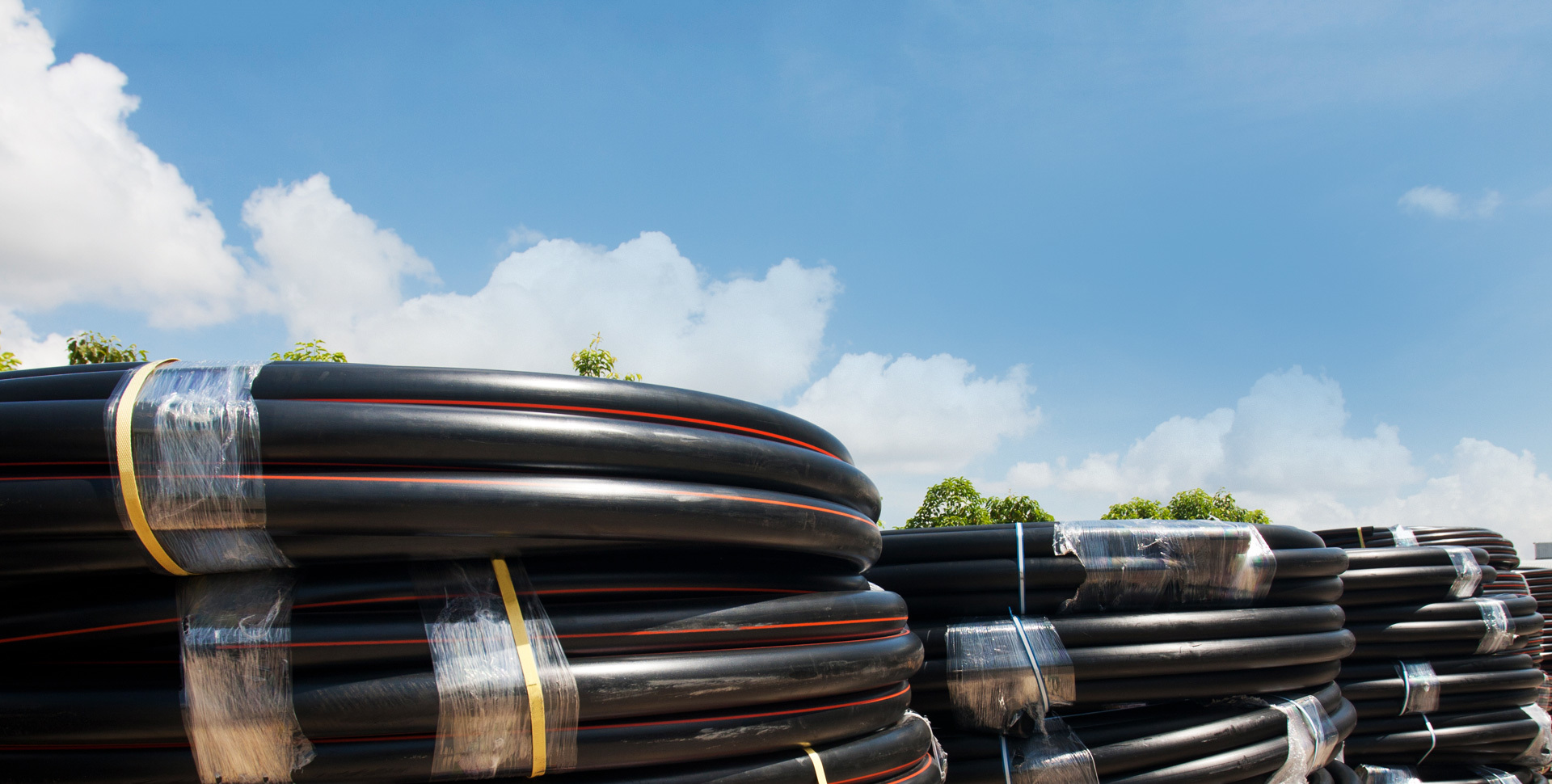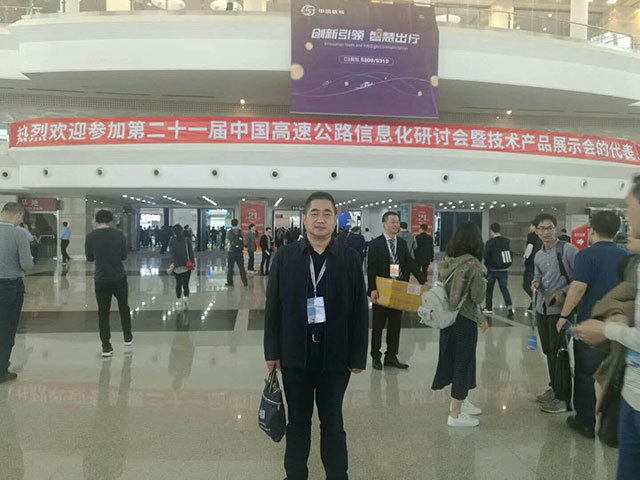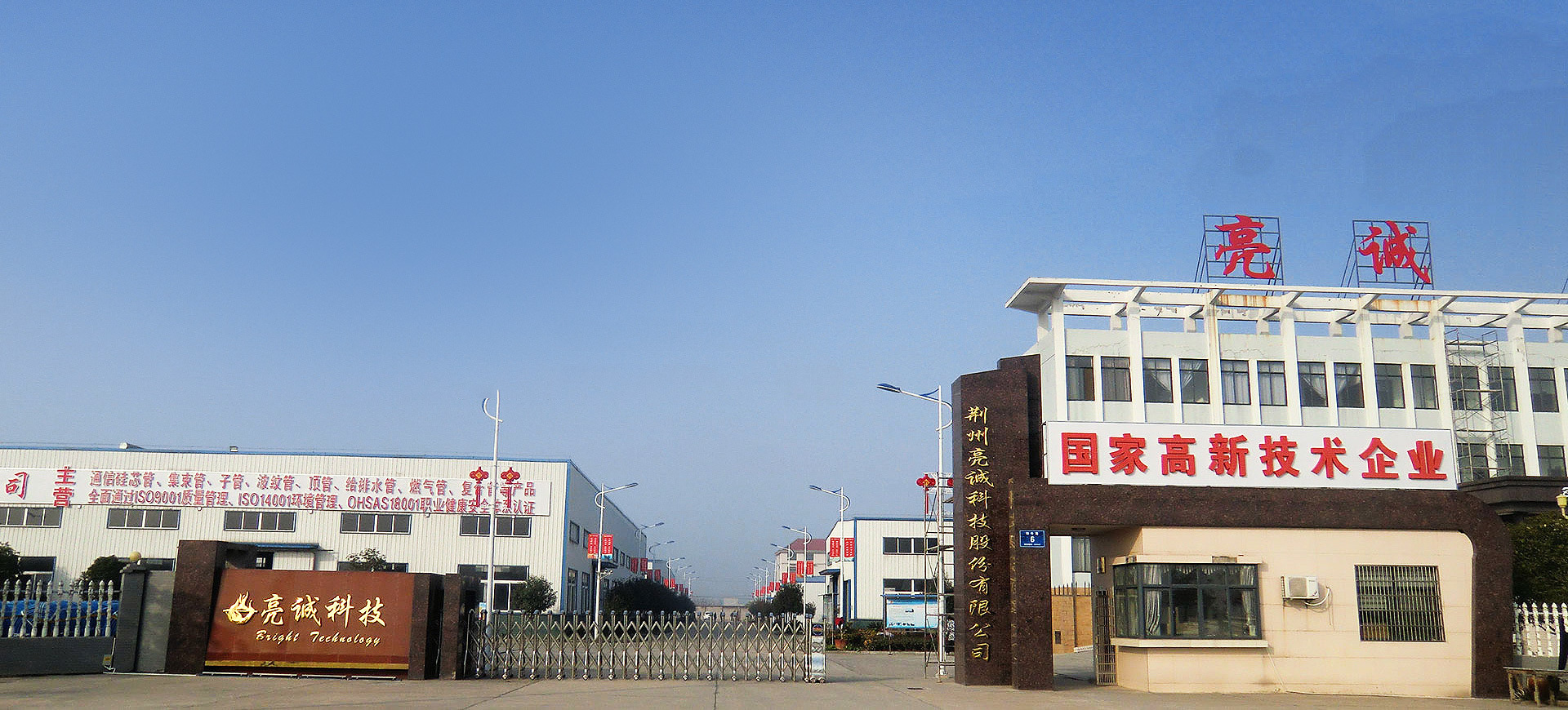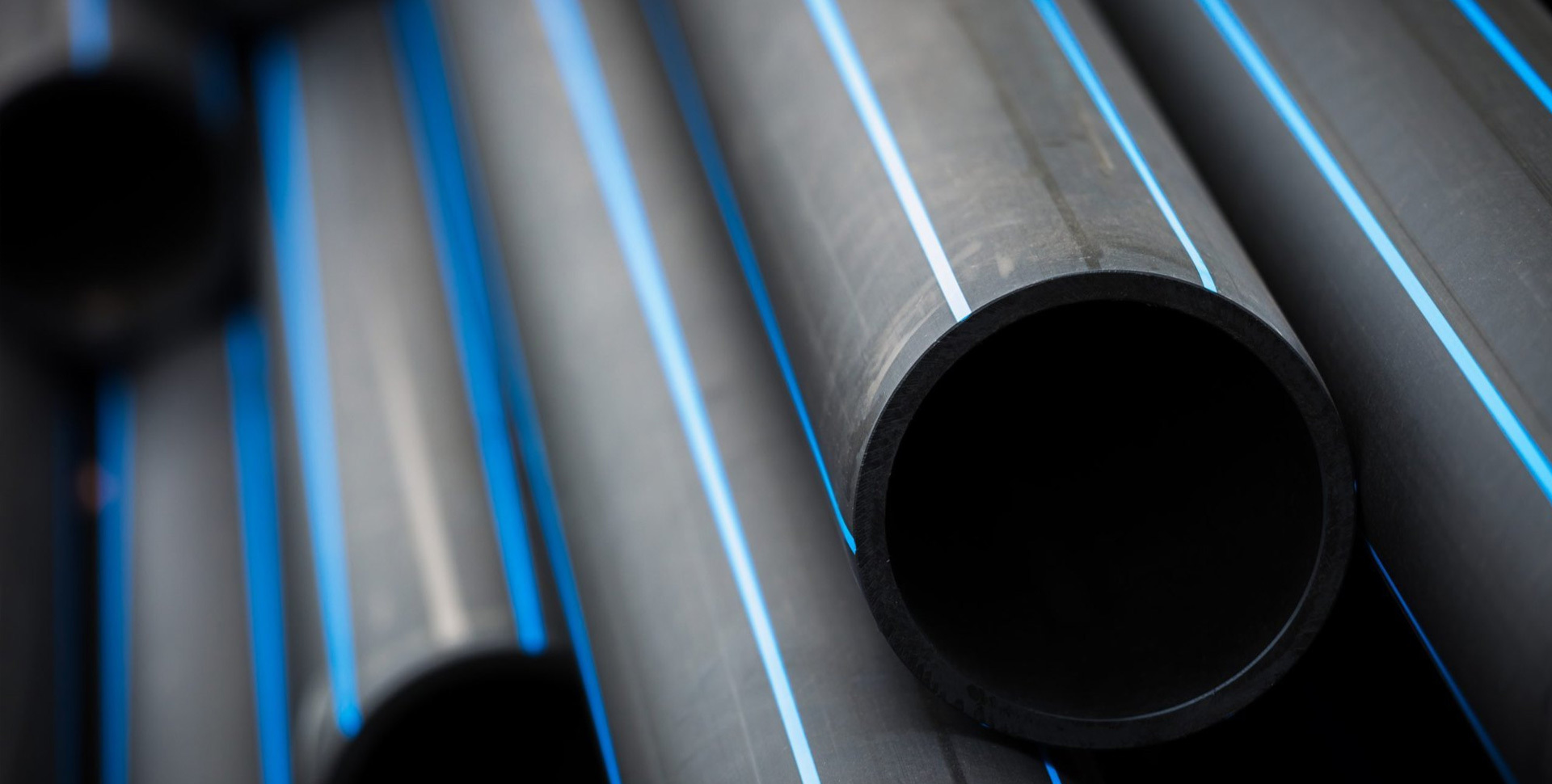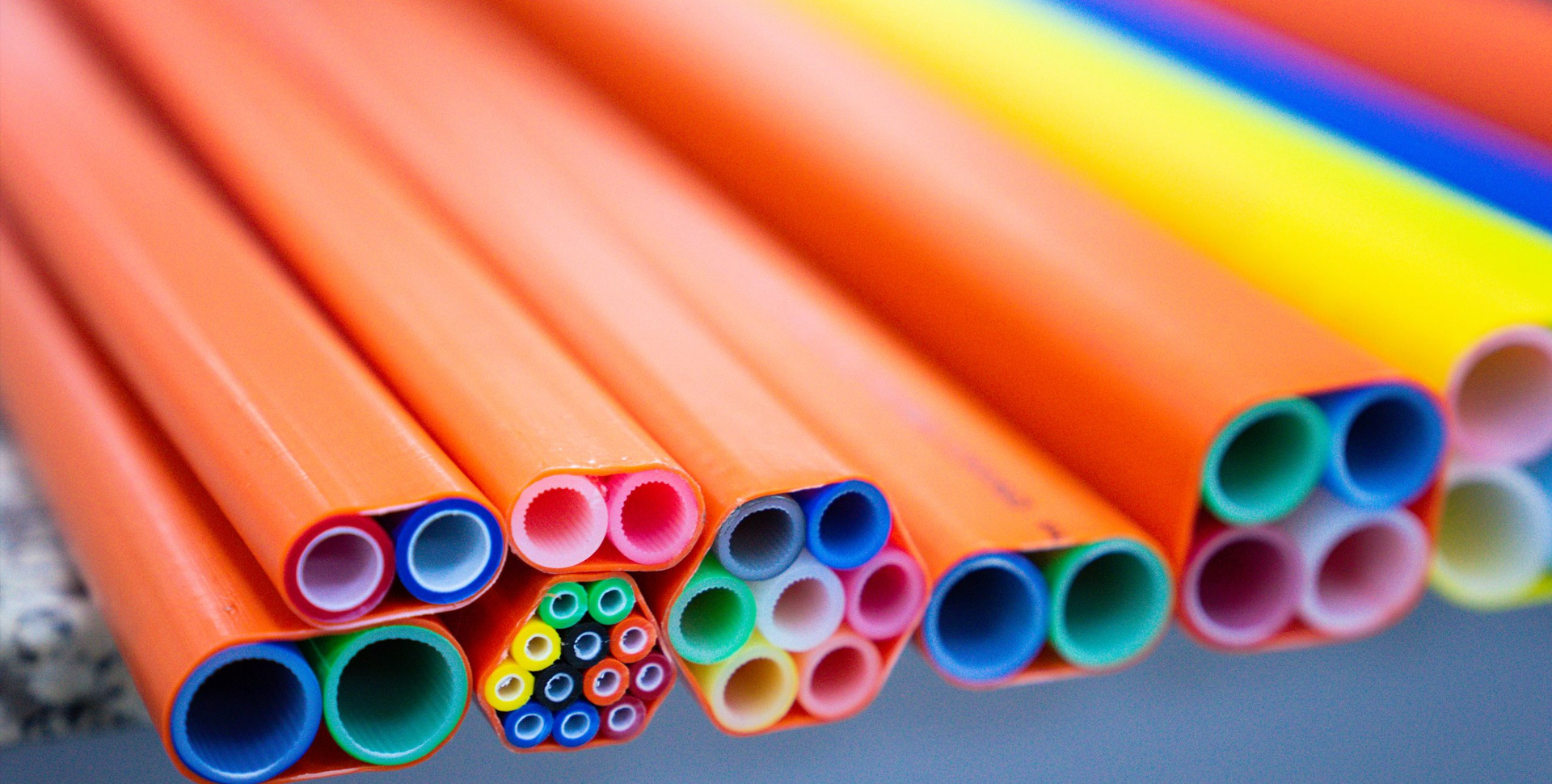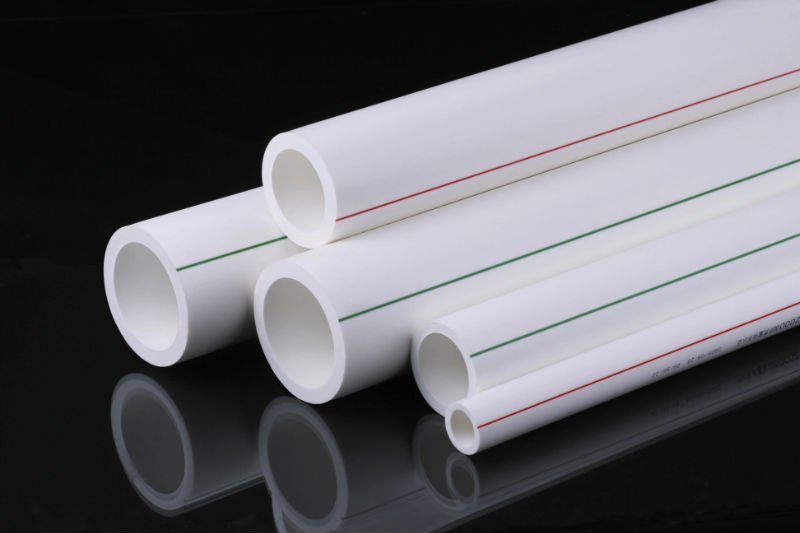Essential Insights into Multi-Hole Optical Cable Protection Tubes
Jan 09,2025
In the realm of optical fiber and cable installations, the integrity and longevity of the cables are paramount. Multi-hole optical cable protection tubes serve as a vital component in safeguarding these delicate fibers from environmental factors, mechanical stresses, and potential damage during installation and operation. These tubes are specifically designed to accommodate multiple optical fibers while providing robust protection.
One of the significant advantages of using multi-hole optical cable protection tubes is their ability to streamline cable management. By housing several fibers within a single protective tube, installation becomes more organized and efficient. This not only reduces the complexity of routing multiple cables but also minimizes the risk of tangling and accidental damage. Professionals can easily manage and maintain the optical fibers, enhancing the overall operational efficiency of fiber networks.
The materials used in manufacturing multi-hole optical cable protection tubes are also worth noting. Typically constructed from high-durability polymers, these tubes are engineered to withstand a range of environmental conditions, including temperature fluctuations, moisture, and UV exposure. This makes them suitable for both indoor and outdoor applications, ensuring that the protected cables remain functional and intact regardless of their operating environment.
In addition to environmental protection, multi-hole optical cable protection tubes also offer mechanical shielding. They safeguard optical fibers against physical impacts and abrasions, which could compromise signal integrity or lead to costly downtime. This is particularly important in industrial settings where equipment and infrastructure may pose risks to exposed cables.
When selecting a multi-hole optical cable protection tube, professionals should consider several factors. These include the tube's diameter, wall thickness, and the number of holes it accommodates. Additionally, assessing the specific application environment—such as potential exposure to chemicals or extreme temperatures—will guide the selection of the appropriate material and design.
Lastly, it is essential to ensure that the installation of these protection tubes is performed correctly. Proper installation techniques not only maximize the protective benefits but also contribute to the long-term performance of the optical network. Training on best practices for handling and installing multi-hole optical cable protection tubes can greatly enhance safety and efficiency on the job site.
In conclusion, multi-hole optical cable protection tubes are an indispensable asset for professionals working with optical fibers. By providing comprehensive protection against environmental and mechanical threats, they help maintain the performance and reliability of fiber networks. Understanding their properties and installation requirements is crucial for anyone involved in the electrical and electronics industry, ensuring optimal results and longevity of optical infrastructures.
One of the significant advantages of using multi-hole optical cable protection tubes is their ability to streamline cable management. By housing several fibers within a single protective tube, installation becomes more organized and efficient. This not only reduces the complexity of routing multiple cables but also minimizes the risk of tangling and accidental damage. Professionals can easily manage and maintain the optical fibers, enhancing the overall operational efficiency of fiber networks.
The materials used in manufacturing multi-hole optical cable protection tubes are also worth noting. Typically constructed from high-durability polymers, these tubes are engineered to withstand a range of environmental conditions, including temperature fluctuations, moisture, and UV exposure. This makes them suitable for both indoor and outdoor applications, ensuring that the protected cables remain functional and intact regardless of their operating environment.
In addition to environmental protection, multi-hole optical cable protection tubes also offer mechanical shielding. They safeguard optical fibers against physical impacts and abrasions, which could compromise signal integrity or lead to costly downtime. This is particularly important in industrial settings where equipment and infrastructure may pose risks to exposed cables.
When selecting a multi-hole optical cable protection tube, professionals should consider several factors. These include the tube's diameter, wall thickness, and the number of holes it accommodates. Additionally, assessing the specific application environment—such as potential exposure to chemicals or extreme temperatures—will guide the selection of the appropriate material and design.
Lastly, it is essential to ensure that the installation of these protection tubes is performed correctly. Proper installation techniques not only maximize the protective benefits but also contribute to the long-term performance of the optical network. Training on best practices for handling and installing multi-hole optical cable protection tubes can greatly enhance safety and efficiency on the job site.
In conclusion, multi-hole optical cable protection tubes are an indispensable asset for professionals working with optical fibers. By providing comprehensive protection against environmental and mechanical threats, they help maintain the performance and reliability of fiber networks. Understanding their properties and installation requirements is crucial for anyone involved in the electrical and electronics industry, ensuring optimal results and longevity of optical infrastructures.
Latest News

